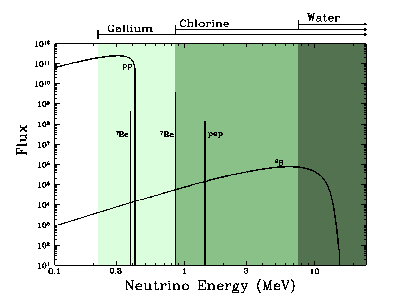Neutrinos produced in the Sun have different energies. Different types of
detectors are sensitive to different energy ranges.
Image courtesy of John Bahcall, Institute of Advanced Studies
The Solar Neutrino Problem
Theories about
fusion inside the solar core
predict the number of neutrinos
that should reach Earth. Experiments on
Earth have been set up to detect solar neutrinos
in order to test these models. Current measurements show less neutrinos than the number predicted.
The first solar neutrino experiment was performed at the
Homestake mine in South Dakota.
A 600-ton chlorine fluid detector was used. It found
a neutrino count about one third of that predicted.
The experiment at Kamioka, Japan, found about half
of the predicted neutrinos. Recent experiments in Russia (SAGE)
and Italy (GALLEX) use Gallium to detect neutrinos and have
found neutrino fluxes up to 70% of the predicted flux.
Scientists are still trying to find out why their actual counts don't match up with the number of neutrinos that are predicted to come from the Sun.
You might also be interested in:
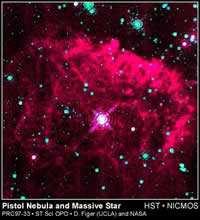
Fusion in the core of stars is reached when the density and temperature are high enough. There are different fusion cycles that occur in different phases of the life of a star. These different cycles make
...more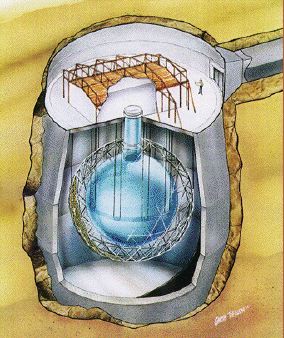
Neutrino interactions with matter are extremely rare, so detecting a neutrino is very hard. Neutrino detectors are typically large, underground tanks filled with a fluid that reacts to the passage of neutrinos.
...more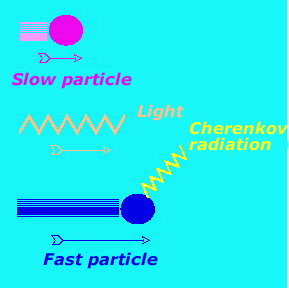
The theory of relativity states that no particle can travel at the speed of light in a vacuum. However, light travels at lower speeds in dense media, like water. A particle traveling in water must have
...more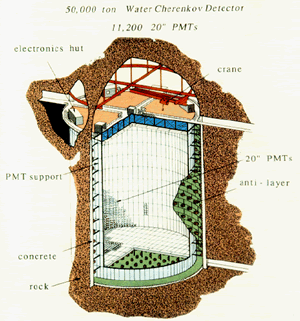
Super-Kamiokande is a neutrino detector located in the Kamioka Mozumi mine in Japan. Water fills this huge tank. In fact, it is the world's largest underground neutrino detector experiment (built under
...more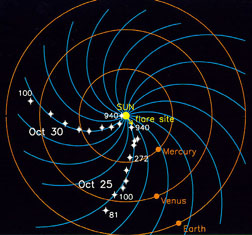
IMF stands for Interplanetary Magnetic Field. It is another name for the Sun's magnetic field. The Sun's magnetic field is huge! It goes beyond any of the planets. The Sun's magnetic field got its name
...more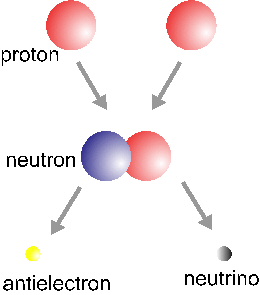
In the basic Hydrogen fusion cycle, four Hydrogen nuclei (protons) come together to make a Helium nucleus. This is the simple version of the story. There are actually electrons, neutrinos and photons involved
...more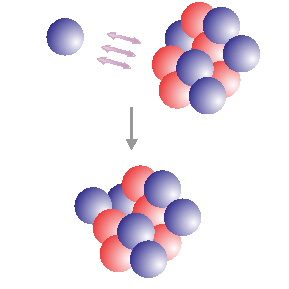
Neutron capture can occur when a neutron approaches a nucleus close enough for nuclear forces to be effective. The neutron is captured and forms a heavier isotope of the capturing element. When the new
...more
A Supernova is a very massive star that explodes at the end of its life cycle. The supernova is the furnace where the heavy elements (heavier than iron) are formed.
...more
